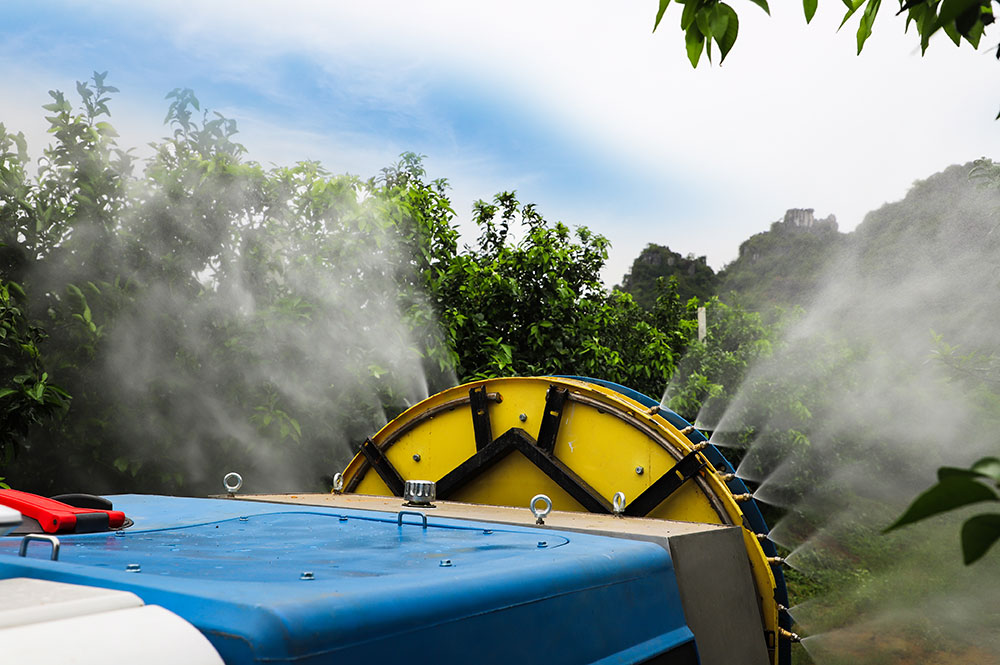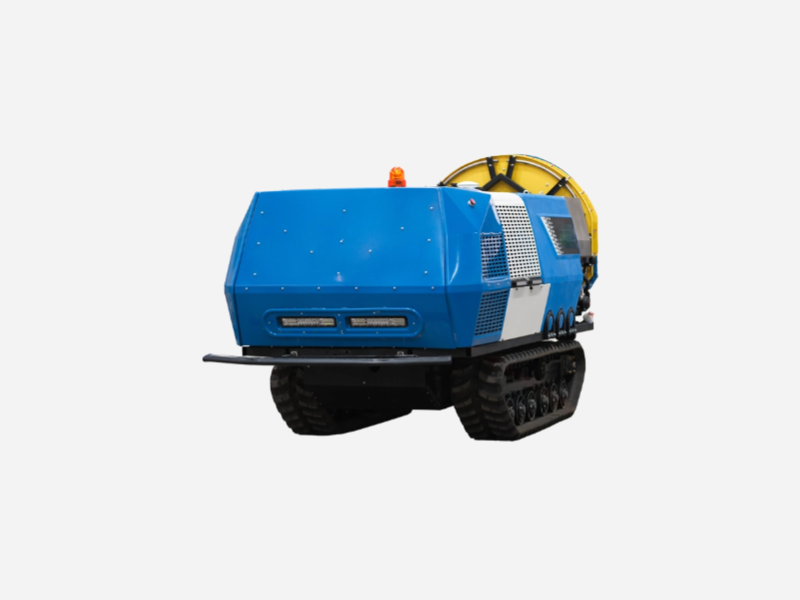
Did you know that agricultural robots can boost farm productivity by up to 30%? That’s right! With the global population expected to reach nearly 10 billion by 2050, we need all the help we can get in feeding everyone. Enter agricultural robots—these high-tech marvels are revolutionizing how we manage our farms, especially when it comes to transporting goods.
Discover How Agricultural Robots Transform Transportation

Agricultural robots are not just about planting and harvesting; they play a crucial role in transportation too. These machines can autonomously transport crops from fields to storage facilities or markets, significantly reducing labor costs and time. Plus, their efficiency translates into impressive Return on Investment (ROI) evaluations—farmers see quicker returns as these bots minimize waste and optimize logistics.
Find more about solar power generator portable.
Dive Into Solar Power Generators and ROI Evaluation with Agricultural Robots
Now let’s talk about solar power generators. When paired with agricultural robots, these portable energy sources enhance sustainability while improving ROI evaluation metrics. By harnessing solar energy, farmers reduce operational costs associated with fuel consumption for traditional machinery. This means lower expenses over time and increased profitability—a win-win situation!
Explore Agma-Toyar’s Unique Approach to ROI Evaluation
The Agma-Toyar is an innovative player in the realm of agricultural robotics focused on maximizing ROI evaluation features. Its design incorporates advanced analytics that helps farmers track performance metrics effectively—from crop yield improvements to reduced transportation times. The insights gained allow users to make informed decisions that further enhance their investment outcomes.
Wrap It Up: The Future of Agriculture is Here!
In conclusion, agricultural robots are game-changers when it comes to transportation within farming operations. Their ability to improve efficiency directly correlates with better Return on Investment (ROI) evaluations for farmers looking to maximize profits while minimizing waste and labor costs. As technology continues evolving, embracing these innovations will be key in meeting future food demands sustainably.


